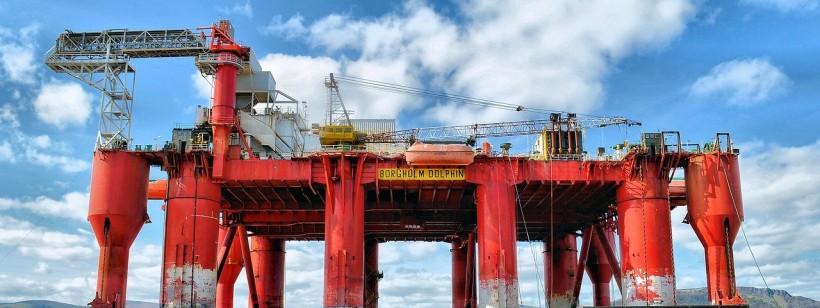Volatility in the commodities space has increased this year and you might be asking why that happened. The global economy still relies on commodities, with oil being one of the most important ones. Approximately 100 million barrels of oil are consumed every day, so understanding the mechanics of recent price developments can be helpful not just for seasoned traders, but also for anyone who fills their tank every once in a while.
#1 Demand-supply imbalance
Before the pandemic, the situation in the oil market was different. Being a balanced market, price volatility was almost nonexistent. However, due to economic lockdowns, demand destruction was inevitable and oil-producing companies found themselves needing to cut down on production.
Once the global economy went back on track, demand rose fast and was not able to keep up with the pace. Experts believe the oil market is bound to remain tight into 2023, given that demand still has to recover from COVID-19 lows.
As long as the supply side continues to post weak elasticity, the only way to keep the price of oil from going further up is to reduce demand. There are signs of slowing economic activity and that might be one of the reasons why oil (WTI) recently dropped below $90 per barrel.
#2 Increased commodity trading activity
If you are an online trader, then you probably know that commodity trading increases in popularity when prices go up. Traders can use brokerages like easymarkets.com to trade oil-based instruments, taking advantage of price volatility.
This has been a global phenomenon, not limited just to the retail trading space. Even larger institutions used commodity instruments to hedge their upside exposure in stocks, exacerbating the upside during the first few months of 2022, and then leading to a sharp selloff as positions got trimmed.
#3 Lack of investments
When the oil market is well-supplied and profit margins are low, investments in the field are not favored for good reasons. Once the pandemic demand destruction hit, there was a dire need for larger investments for drilling and refinery - something that has not happened yet.
Investing in fossil fuels has not been favored by governments, considering their aim to reduce pollution by transitioning to green energy sources. The world continues to rely on oil, natural gas and even coal for energy production, and until the green transition is completed, fossil fuels will surely remain a necessity.
#4 Geopolitical tensions
The 4th reason for oil price volatility is geopolitics. The war between Ukraine and Russia impacted the commodities market, and that is understandable considering that both countries are large commodity exporters. Russia is still one of the leading oil producers, holding approximately 10% of the global market share.
Oil exports from Russia continue even as the country is sanctioned, especially since countries like China and India increased purchases. But Western countries are negotiating a cap on Russian oil prices, which might have implications for the long term if the move is actually implemented later on.
* This is a contributed article and this content does not necessarily represent the views of sciencetimes.com











!['Cosmic Glitch' in Einstein's Theory of General Relativity Could Be Explained in This New Scientific Tweak [Study]](https://1721181113.rsc.cdn77.org/data/thumbs/full/53435/258/146/50/40/cosmic-glitch-in-einsteins-theory-of-general-relativity-could-be-explained-in-this-new-scientific-tweak-study.jpeg)



